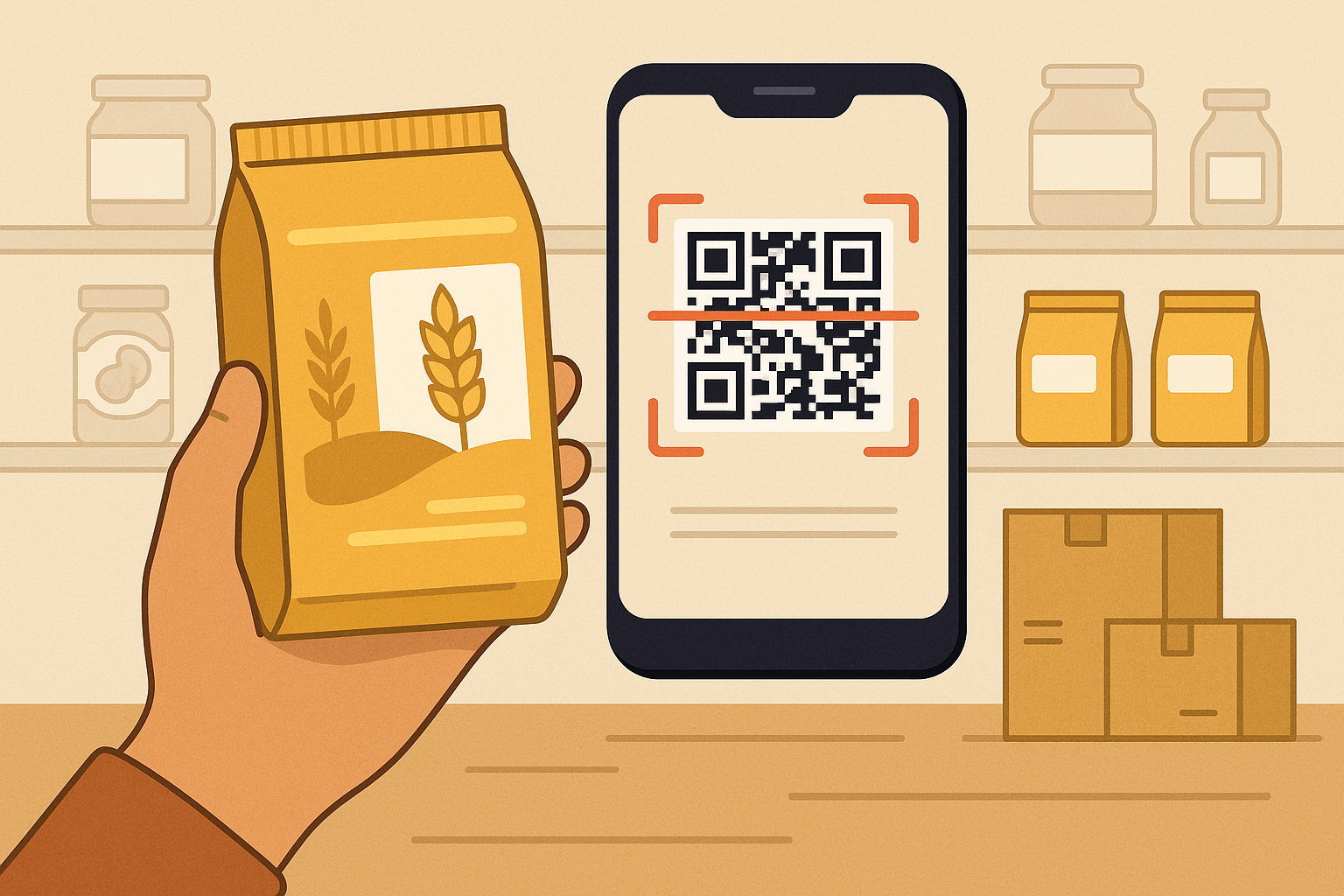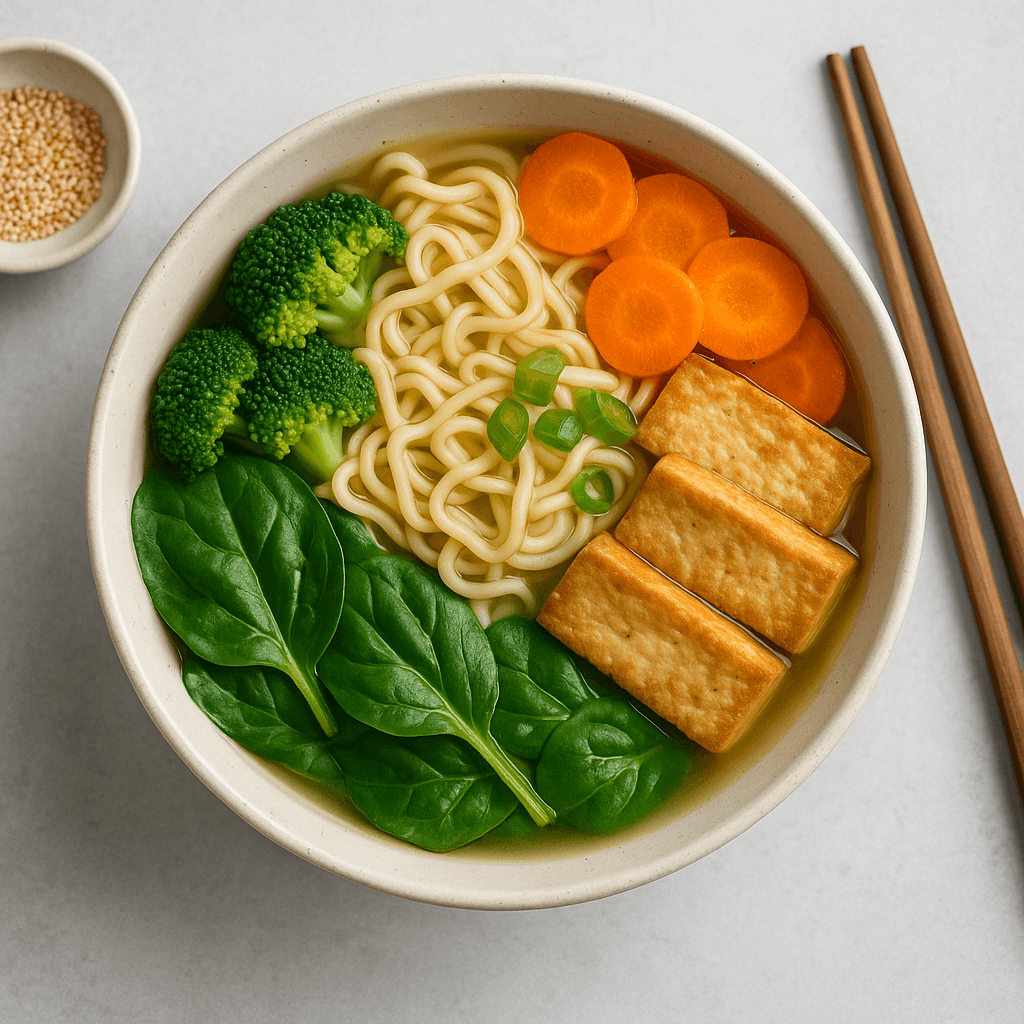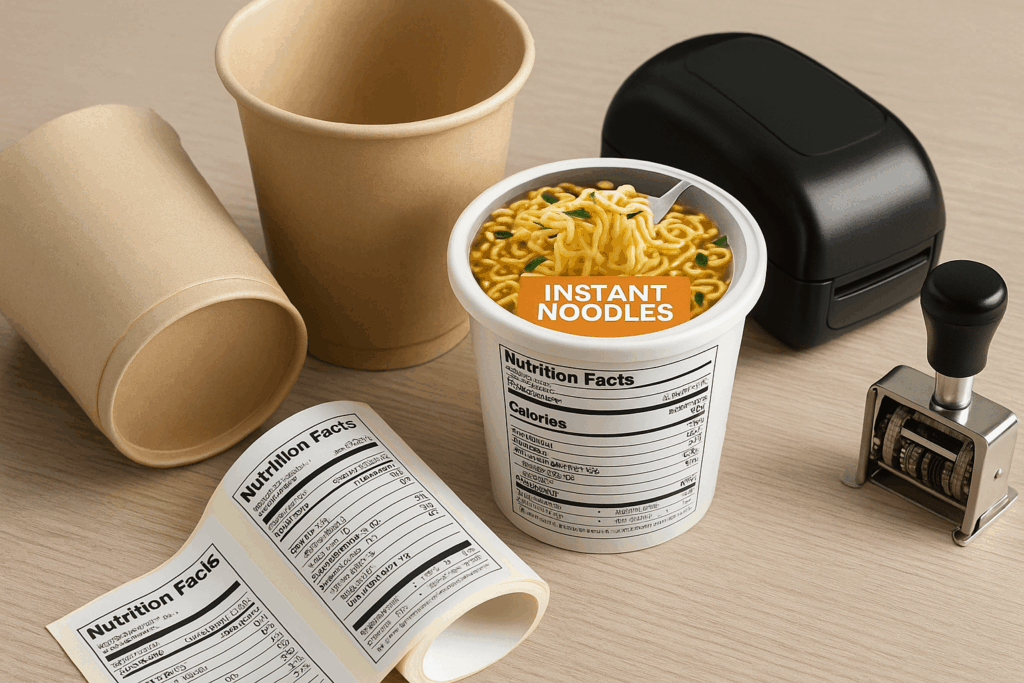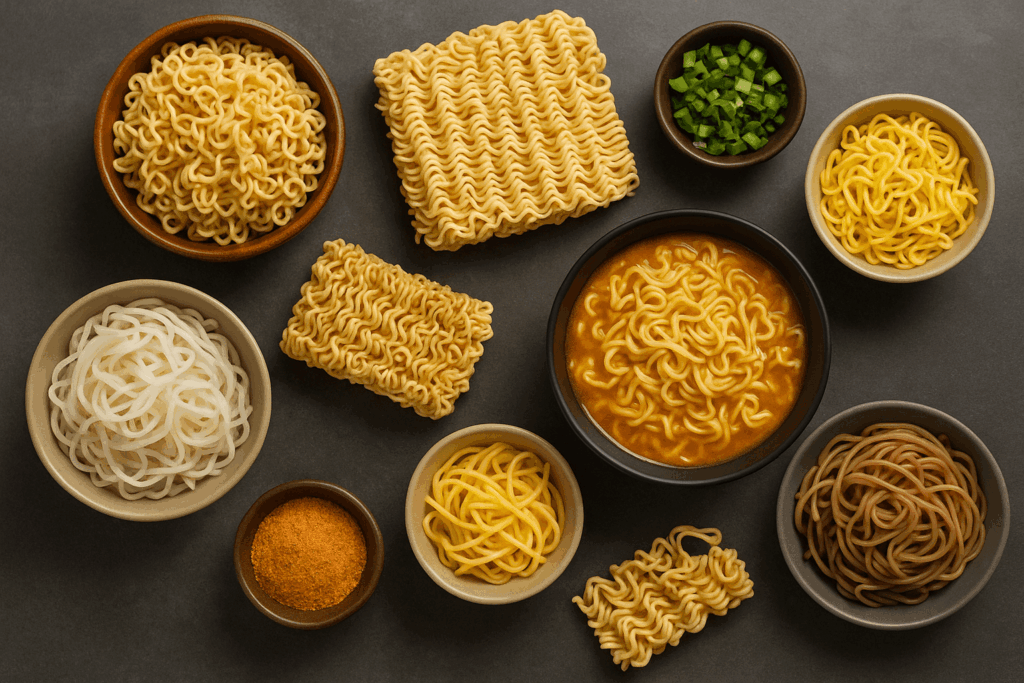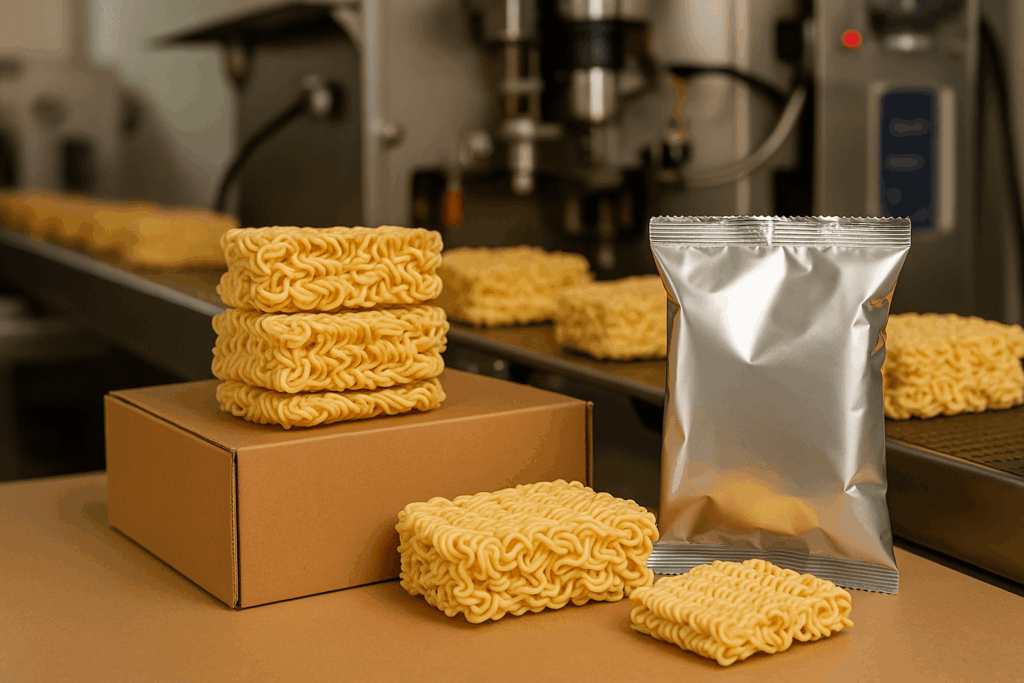Exporting to the U.S.? Here’s What the FDA Expects
Instant noodles may seem simple, but exporting them to the U.S. requires careful compliance with FDA food safety regulations. One missing label or incorrect facility registration can block your shipment or result in a costly recall.
At Kimdee, we help private label brands prepare every step for FDA-approved export — from manufacturing to packaging and documentation.
1. Register Your OEM Factory with the FDA
Every food manufacturer exporting to the U.S. must be registered under the FDA Food Facility Registration Program and renew it annually.
OEM factory must have a valid FDA registration number
Renewal is required every even-numbered year (e.g., 2024, 2026)
Designate a U.S. agent for communication with the FDA
🔗 Learn more: FDA Facility Registration Guide
2. Comply with Labeling and Nutrition Rules
Your product packaging must follow FDA guidelines for:
Ingredient list (descending order by weight)
Allergen declaration (milk, eggs, soy, etc.)
Nutrition facts panel (formatted per U.S. standard)
English-language content only
Serving size and number of servings clearly stated
At Kimdee, we offer FDA-compliant labeling templates for instant noodle products.
3. Prepare for Border Inspection
The U.S. Customs and Border Protection (CBP) works with the FDA to inspect food imports at the port of entry. Expect:
Visual inspection of packaging
Verification of documentation
Possible sample testing (especially for new brands)
Importer of Record (IOR) must be declared
📦 Your product could be detained or rejected if documentation or labeling is incorrect.
4. Submit Prior Notice Before Shipping
You must file a Prior Notice of Imported Food to the FDA before your shipment arrives. This includes:
Description of the food
Manufacturer info
Anticipated arrival time
Port of entry
Use the FDA Prior Notice System Interface (PNSI) for submission. Kimdee supports brands by generating the required export info with each order.
5. Use an FDA-Experienced OEM Partner
Mistakes in paperwork or packaging can stop your shipment — and damage your brand. Work with a manufacturer that:
Has passed previous FDA inspections
Understands U.S. ingredient rules (e.g., MSG disclosure)
Can help complete Prior Notice and labeling
Kimdee’s production partners are FDA-registered and experienced with noodle and ready meal exports to the U.S. market.
FAQ
Q1: What is the cost of FDA registration?
Registration is free. However, some services may charge to act as your U.S. agent.
Q2: Does the factory need to be inspected before export?
Not always, but the FDA may inspect your facility — especially if issues arise at the border.
Q3: Can you ship without English labeling if it’s sold in ethnic stores?
No. All food imported into the U.S. must be labeled in English.
Q4: Can Kimdee help prepare FDA documents for export?
Yes. We provide full documentation and support for FDA-compliant OEM noodle exports.


